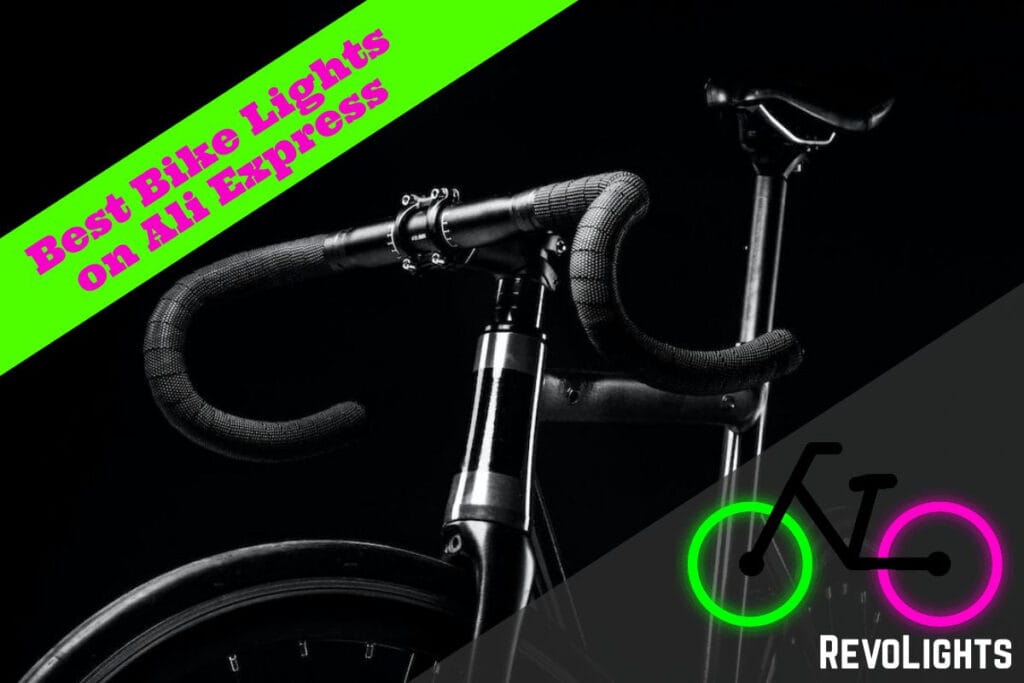Ever wondered if swapping out your old incandescent bulbs for LEDs is really worth it? You’re not alone. With the buzz around energy efficiency and sustainability, it’s natural to question if LED light bulbs live up to the hype.
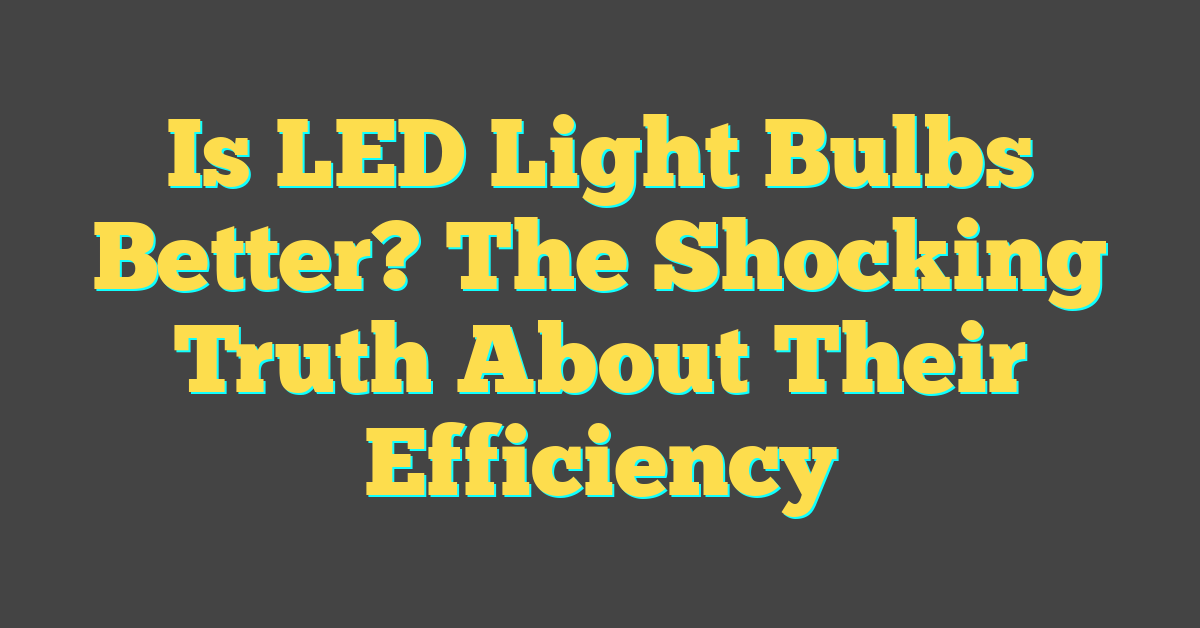
LEDs have taken the lighting world by storm, promising long-lasting brightness with just a fraction of the energy. But are they truly the superior choice for your home or office? Let’s shed some light on the facts and find out if LEDs really outshine their counterparts.
What are LED light bulbs?
So, you’ve probably seen LED light bulbs lining the shelves of your favorite home improvement store, glowing with the promise of efficiency. LED stands for Light Emitting Diode, a type of solid-state lighting that uses a semiconductor to convert electricity into light. Unlike incandescent bulbs that produce light by heating a wire filament until it glows, LEDs rely on the movement of electrons through a semiconductor material.
LEDs have revolutionized lighting, offering you numerous benefits:
- Energy Efficiency: LEDs use about 75% less energy than incandescent bulbs.
- Longevity: An LED bulb can last up to 25 times longer than its incandescent counterpart.
- Durability: With no filament to break or burn out, LEDs can withstand shaking and vibrations.
- Operating in Cold Weather: LEDs perform well in a range of temperatures, including the frosty conditions that might cause other bulbs to falter.
- Instant Lighting: Say goodbye to the brief warm-up period; LEDs light up instantly to full brightness.
As a DIY enthusiast, you’ll appreciate the versatility of LED bulbs. They come in a variety of shapes, sizes, colors, and brightness levels, suitable for any project from a cozy reading nook to a fully lit garage workspace. Not only that, but LEDs don’t contain mercury, making them a safer and more eco-friendly option for your home.
If you’re curious about the inner workings, an LED bulb contains multiple diodes that are each comprised of a tiny semiconductor chip. These chips are enclosed in plastic bulbs that concentrate the light in a specific direction, unlike incandescent bulbs that waste energy by emitting light in all directions.
Now that we’ve illuminated what LEDs are, you might be starting to understand the sheer potential they have for transforming the efficiency and feel of your living spaces. With their remarkable adaptability and technological superiority, it’s easy to see why the switch to LEDs is more of a leap forward than a mere step.
The benefits of LED light bulbs
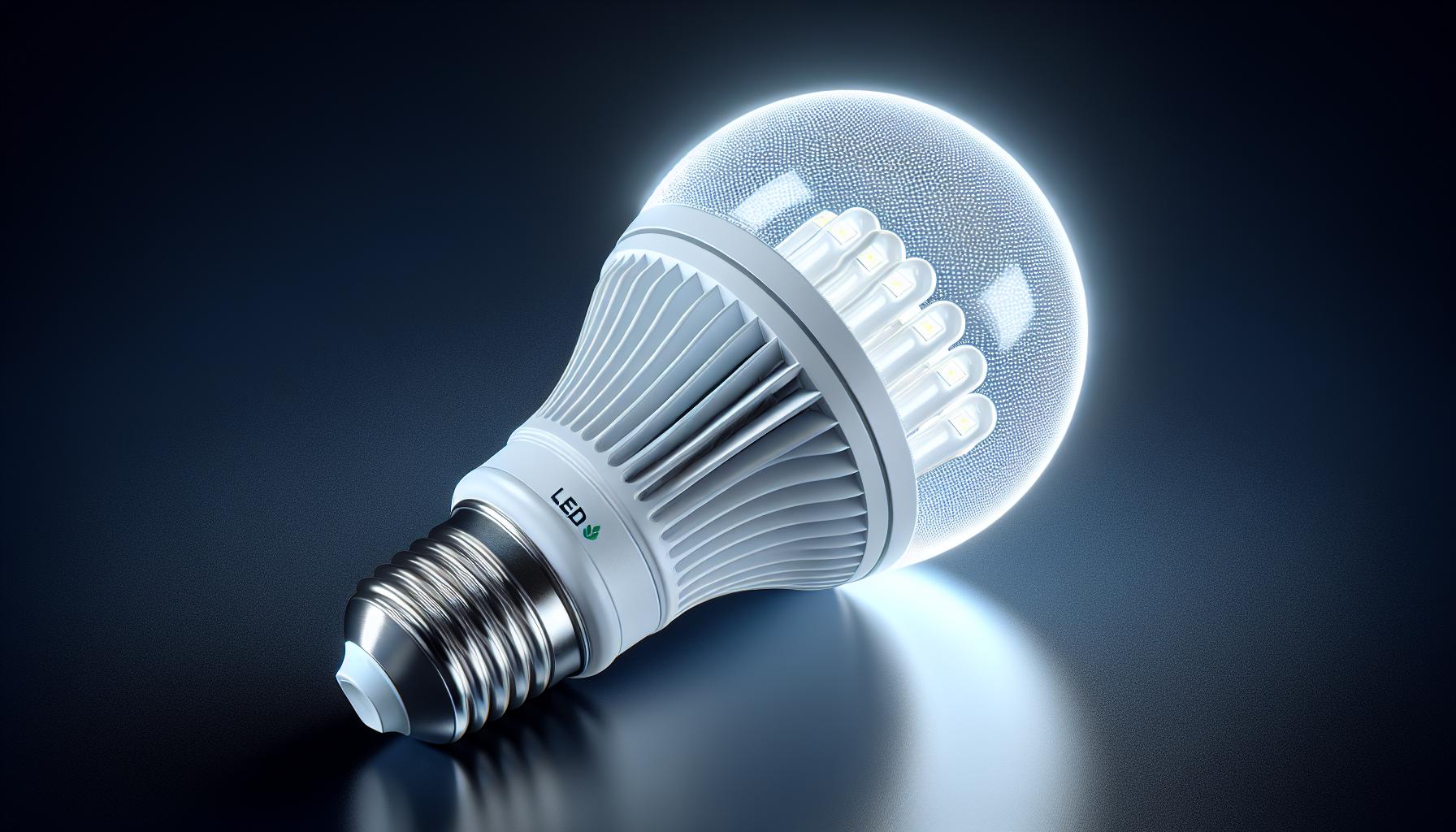
Diving deeper into the world of lighting, you’ll notice that LED light bulbs stand out for their remarkable energy efficiency. Unlike traditional incandescent bulbs, which waste 90% of their energy as heat, LEDs use energy far more effectively, translating to lower electricity bills. It’s no surprise they’re often the go-to choice for both household and commercial settings.
Consider the longevity LED bulbs offer. The average lifespan of an LED bulb is an impressive 20,000 to 50,000 hours. To put this into perspective, check out the comparison table below:
| Bulb Type | Average Lifespan (Hours) |
|---|---|
| Incandescent | 1,000 |
| Compact Fluorescent (CFL) | 8,000 |
| LED | 20,000 – 50,000 |
With LEDs, you’re looking at years of continuous use before needing a replacement, making them a practical choice for those hard-to-reach fixtures.
Durability is another plus. LEDs are less prone to breakage as they don’t have filaments or glass envelopes that can easily shatter. They’re built to withstand jarring and bumping, a feature you’ll appreciate if you’re someone who’s into regular home DIY projects.
In colder climates, LEDs have got your back—they effortlessly operate in low temperatures, making them ideal for outdoor lighting solutions. And let’s talk about versatility! Whether you’re opting for a warm ambient glow or a bright white light to focus on your latest DIY endeavor, the sheer range of color temperatures and brightness available in LED bulbs allows you to customize the mood and functionality of any space.
Lastly, as someone keen on eco-friendly practices, you’ll be glad to know that LEDs are the environmentally responsible choice. They don’t contain mercury like CFLs and, due to their long life and energy savings, they contribute significantly less to landfill waste and carbon emissions.
In essence, whether you’re lighting up a cozy corner of your living room or outfitting an entire office, the widespread benefits of LED light bulbs can cater to your every need while supporting your eco-conscious lifestyle.
Energy efficiency of LED light bulbs
« Why Do We Need Light Bulbs? Unlocking The Secrets To A Brighter, Safer Home
How to Make Light Bulbs Dimmer: 5 Easy DIY Dimming Solutions »

When it comes to energy efficiency, LED light bulbs shine brightest among the lot. Armed with your knowledge of home DIY projects and a natural affinity for all things bright, you’ll appreciate that LED bulbs are up to 80% more efficient than traditional lighting such as fluorescent and incandescent lights. But what does that mean for you? It translates to less energy used, and more importantly, a significant reduction in your electricity bills.
Here’s a breakdown of how the efficiency plays out:
| Light Source | Efficiency |
|---|---|
| LED Bulbs | 80-90% |
| Fluorescent Lights | 60-70% |
| Incandescent Lights | 10-17% |
LEDs use less power (watts) per unit of light generated (lumens). They convert about 95% of the energy they consume into light, leaving only a mere 5% to be wasted as heat. In contrast, incandescent bulbs operate in the opposite manner, converting the same percentage of energy to heat rather than light. This excess heat from traditional bulbs can be an energy drain especially in warmer climates or during summer months, where fighting against heat is the last thing your air conditioning needs.
Moreover, your love for lighting projects doesn’t have to cost the earth. By opting for LEDs, you’re choosing bulbs that those need to be replaced far less frequently than their counterparts. The longevity of LEDs not only saves on replacement costs and the hassle of climbing ladders; it also means a dramatic decrease in production numbers and waste, echoing your eco-friendly mantra in every flick of the switch.
As you delve deeper into the vast world of LEDs, you might wonder about their performance on the dimming front – another feather in their cap. Unlike other bulbs that can flicker or buzz when paired with dimmers, LEDs maintain their efficacy, dimming smoothly and maintaining color temperature. So, whether it’s setting the mood for a movie night or reducing glare in your impromptu home office, LEDs have got you covered.
Lifespan of LED light bulbs
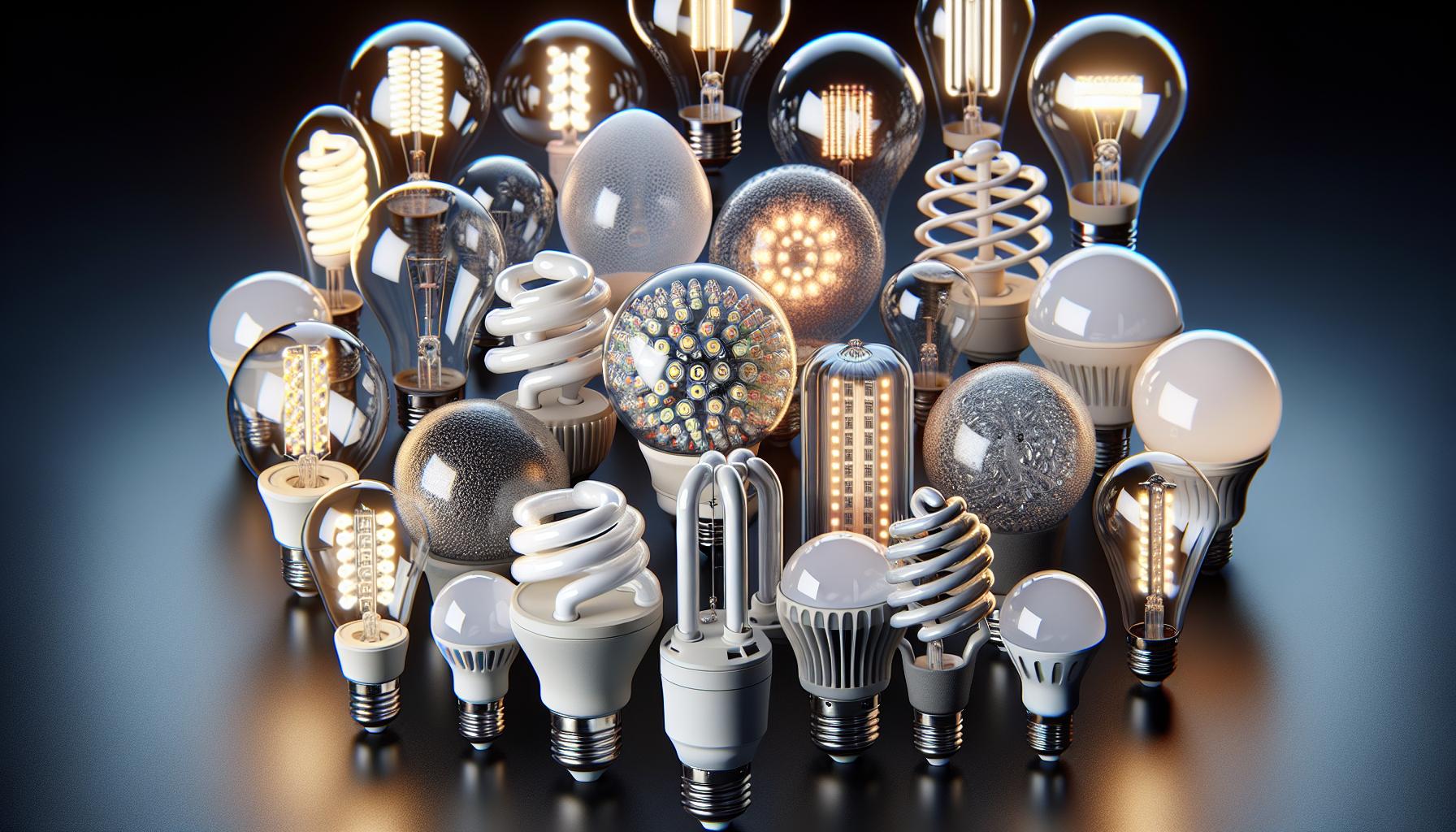
When you’re delving into home DIY projects, lighting is a key component that can’t be overlooked. As a lighting aficionado, you know that the lifespan of a light bulb is just as crucial as its brightness or color temperature. That’s where LED bulbs stand out from the crowd.
LED light bulbs are renowned for their longevity. Typically, an LED bulb can last around 25,000 to 50,000 hours – that’s a significantly extended lifespan compared to the meager 1,000 hours of an incandescent bulb or even the 8,000 to 10,000 hours provided by fluorescent lights. Imagine the convenience; you could install an LED bulb and not worry about replacing it for years, even a decade or more, depending on your usage.
Not only do you benefit from the reduced hassle of frequent changes, but you’re also embracing a more sustainable lifestyle. Less frequent replacements mean less waste, and that’s a win for both your pocket and the planet. It’s like giving your home an upgrade that continues to pay off, year after year.
Moreover, for those who love the techy side of DIY, it’s fascinating to note that LEDs don’t burn out the way traditional bulbs do. Instead of a sudden failure, they experience ‘lumen depreciation’; they gradually dim over time, providing you with a subtle indicator that it’s time for a change without leaving you in the dark unexpectedly.
Shifting to LED lighting can seem like a small change, but it’s these details that can transform your home’s ambiance and ease of maintenance drastically. Now, when considering the anatomy of your space, you know that the type of light bulb you choose has implications far beyond the initial flick of the switch.
Comparison with other types of light bulbs
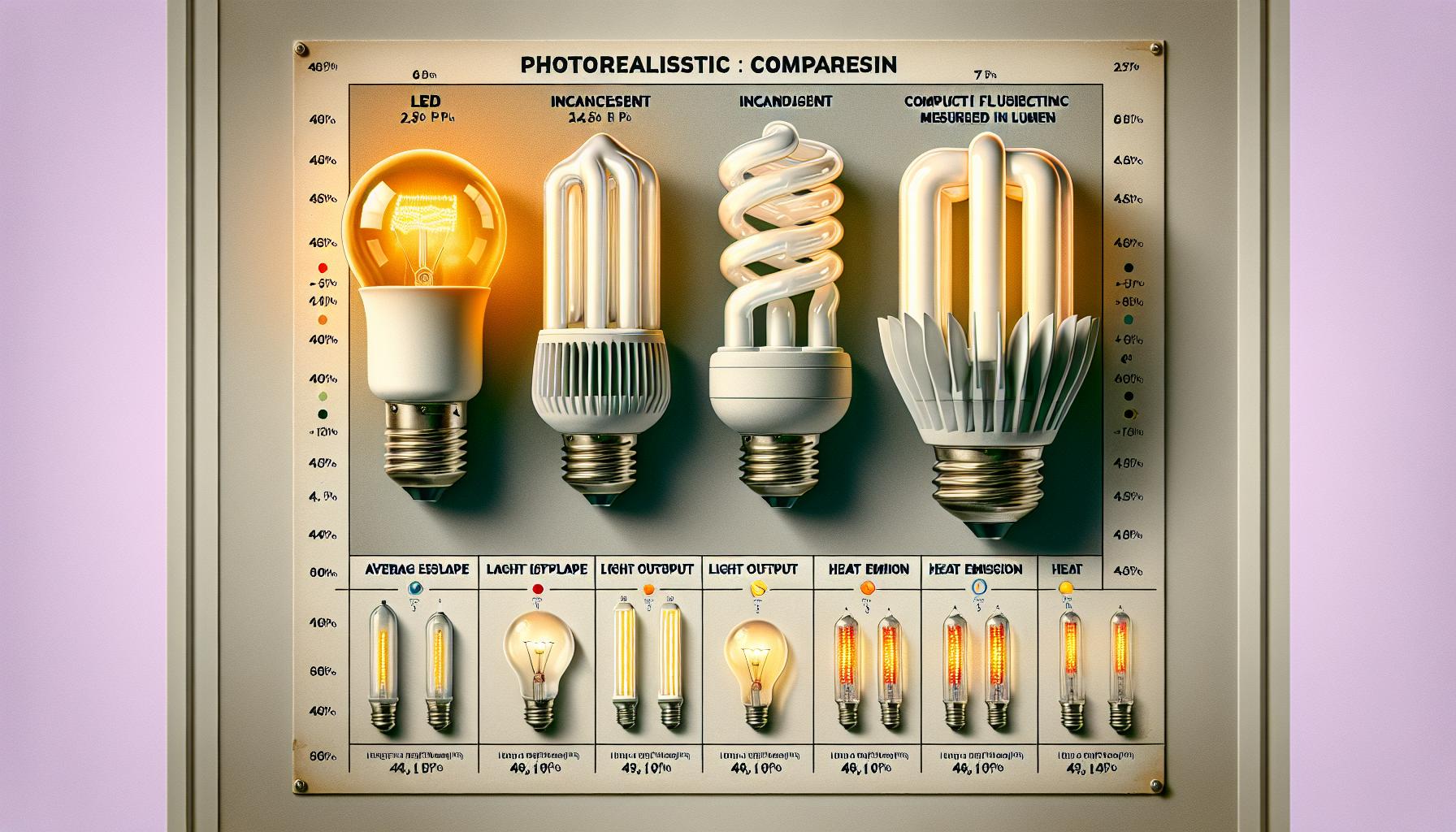
When you’re knee-deep in a DIY home project, choosing the right type of light bulb can make all the difference. Most homeowners compare LED light bulbs not only with incandescent bulbs but with compact fluorescent lamps (CFLs) and halogens too, so let’s break down the specifics.
Incandescent bulbs, the kind that have lit homes for over a century, are the baseline. An incandescent gives off a warm glow that many find cozy, but it’s a notorious energy guzzler, converting only about 10% of its energy into light, with the rest lost as heat. On the other hand, CFLs were once the go-to choice for those looking to cut down on energy consumption, and they’re better than incandescents, but they come with their own baggage. They take a bit to warm up to full brightness, contain a small amount of mercury, and their life expectancy doesn’t hold a candle to LEDs.
halogens are energy-efficient lights and do produce a quality of light close to natural daylight, which is great for task lighting. Yet, they’re still less efficient than LEDs and can get incredibly hot, which might not be ideal for every project.
For a quick comparison, here’s a concise rundown of how 10 watts worth of each type measures up:
| Light Bulb Type | Average Lifespan (Hours) | Approximate Lumens | Heat Emission |
|---|---|---|---|
| LED | 25,000 – 50,000 | 800 – 1000 | Very Low |
| Incandescent | 1,000 | 800 – 900 | High |
| CFL | 8,000 – 10,000 | 800 – 1000 | Moderate |
| Halogens | 1,000 – 2,000 | 800 – 1000 | Very High |
Additionally, since LEDs don’t contain hazardous substances like mercury, they’re more environmentally friendly when it’s time for disposal. You won’t need to follow any special disposal protocol, as you would with CFLs.
Conclusion
So you’ve seen the impressive stats—LED light bulbs are not just a bright idea for your home, they’re a brilliant move for the environment and your wallet too. With their superior energy efficiency and marathon lifespan, they outshine traditional bulbs at every turn. Remember, when your LED starts to dim, it’s time for a swap, but don’t worry, that won’t be for a long while. Ready to make the switch? Your future’s looking bright!
Frequently Asked Questions
How much more efficient are LED bulbs compared to traditional lighting?
LED bulbs are up to 80% more efficient than traditional lighting, with about 95% of the energy they use being converted into light.
What is the lifespan of LED light bulbs?
LED light bulbs have a lifespan of approximately 25,000 to 50,000 hours, significantly outlasting incandescent and fluorescent bulbs.
Do LED bulbs stop working suddenly when they need to be replaced?
No, LED bulbs do not stop working suddenly; they experience gradual dimming over time, which indicates when they need to be replaced.
Are LED bulbs more environmentally friendly than other types of bulbs?
Yes, LED bulbs are more environmentally friendly due to their energy efficiency and longer lifespan, reducing waste and the need for frequent replacements.
Can LED bulbs help me save on my energy bill?
Yes, the energy efficiency of LED bulbs can lead to cost savings on your energy bill by reducing power consumption compared to incandescent and halogen bulbs.


